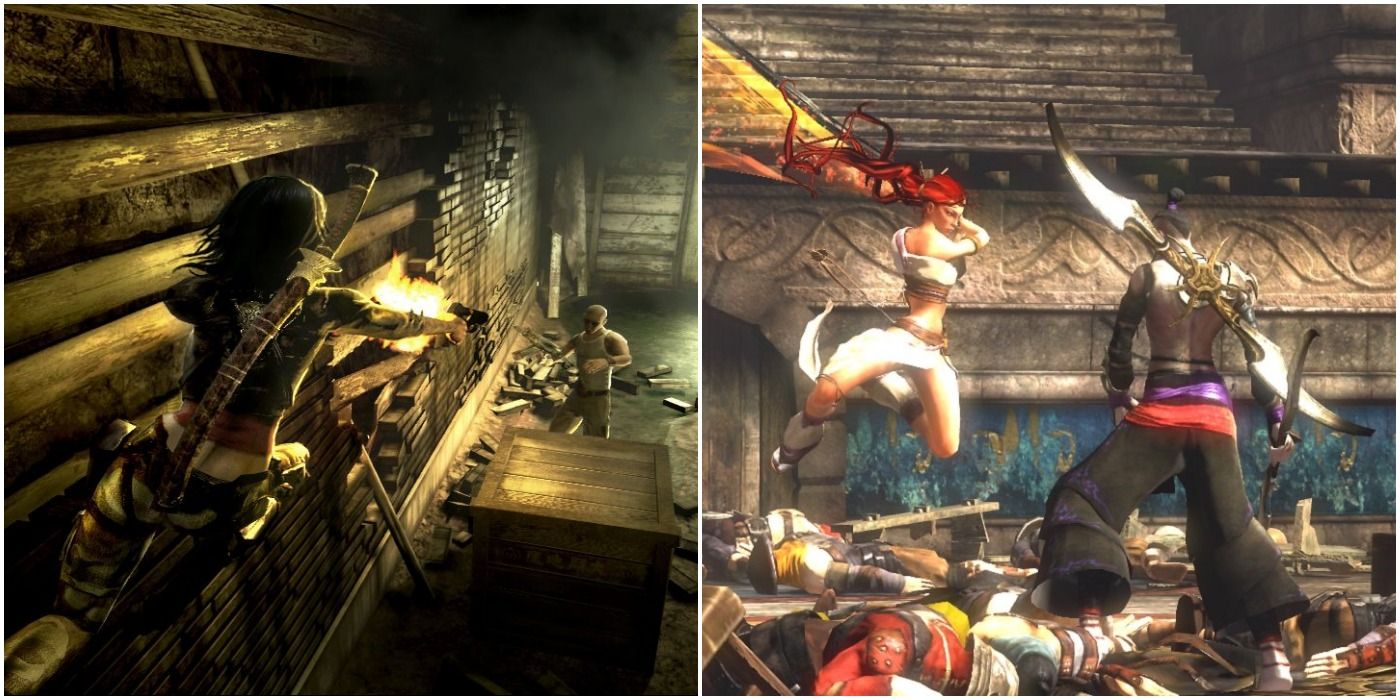Combat systems are the meat that makes a lot of games worth exploring. When the combat is fun, it makes transitioning between story points seamless and engaging, encouraging the player to try out new things. The PS3 was home to so many games that handled this concept beautifully such as the Dark Souls franchise and the God Of War series, but there were many that went underappreciated.
For whatever reason, these games missed out on the hype train or were just a little too late to the party to enjoy mainstream success. A lot of them got sequels that did better and expanded on what their precursors started, but sometimes that just isn't enough. Fun combat can make a game a great experience, but that doesn't matter if players didn't get their hands on it to begin with.
Cross Edge
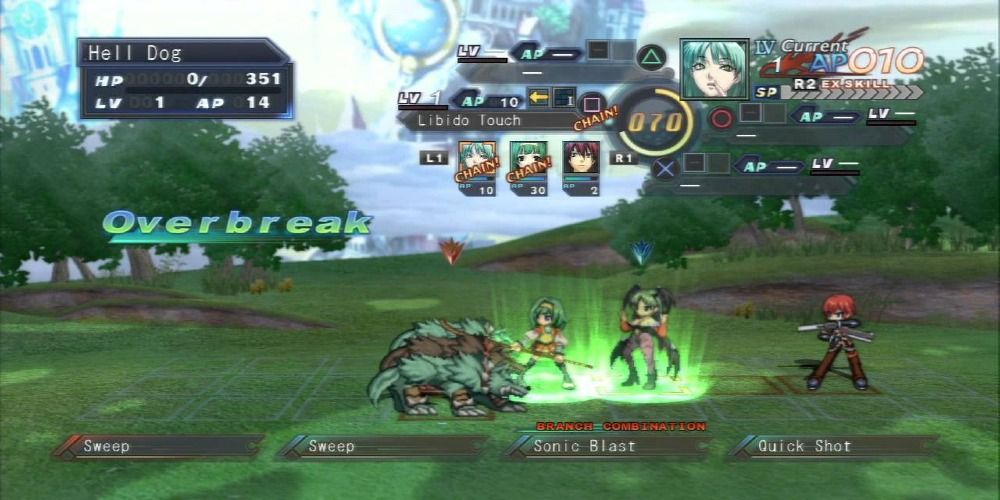
Cross Edge is a JRPG that shows plenty of love for a lot of different franchises and the genre in general. The combat featured a unique combat system of chaining attacks together from different characters in rapid succession to create combos based on the moves used. Moves of similar properties would activate certain skills, and using enemies' weaknesses against them made for bigger bonuses. Character animations were crisp and full of life, even though the models were animated with simplistic means.
The game went relatively unknown in the west because a lot of the characters in it were primarily popular in Japan, and the fan service was seen as a bit too much. The combat was the best part of the game since it was so satisfying and fast-paced, unlike a lot of other PS3 JRPGs.
Disgaea D2
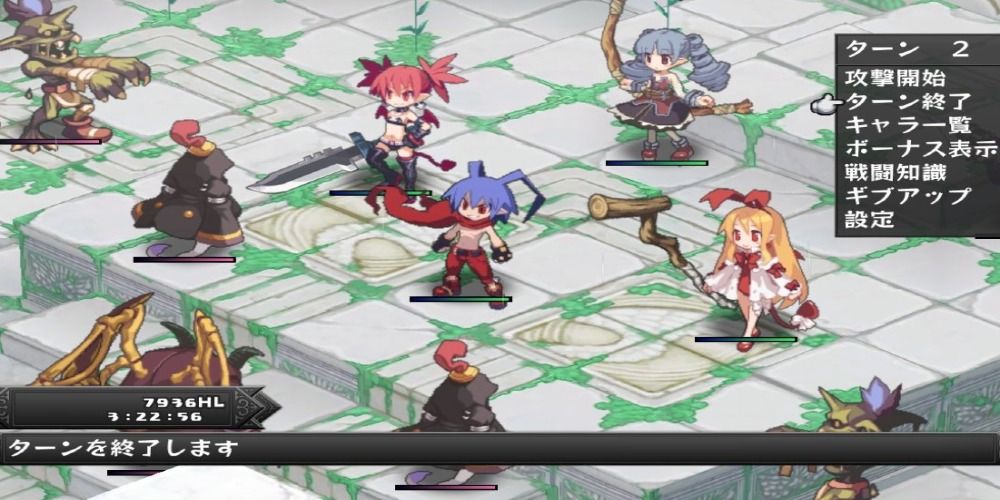
Disgaea D2 took everything fans loved about the series and boiled it down to its fundamentals. The combat was easier to understand, leveling characters up was less of a grind, and players could change the difficulty at any time with the addition of the cheat shop. Since D2, the cheat shop has appeared in every Disgaea game since it helps new players get into the franchise.
D2 is the direct sequel to the first Disgaea game so it's not a bad place to start since it summarizes the plot pretty well. The game is considered one of the less loved entries in the series, which is strange since it's so influential. It was released right before the PS4, at the beginning of the year, so that's probably why a lot of fans chose to skip over it.
No More Heroes
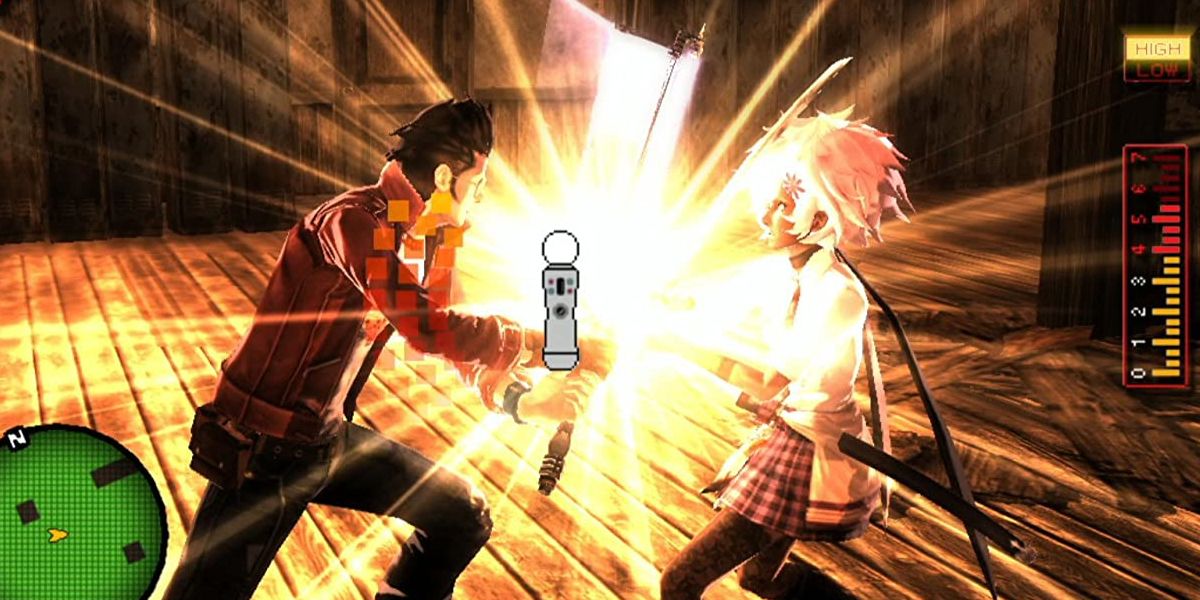
No More Heroes: Hero's Paradise was an HD import of the original Wii game to the PS3. The combat was exceptionally fun and flashy, giving players the sense of power behind the main character's beam sword. What made this game especially interesting was its compatibility with the Playstation Move.
Surprisingly, the Move worked well with this game and few people actually talked about it. Making motion controls work in their early years was difficult, and hard to come across but the PS3 edition of No More Heroes did it well. Since the game was a remaster of the original, players don't talk much about it separately from the Wii version, but it definitely had its own defining features.
Yakuza 5
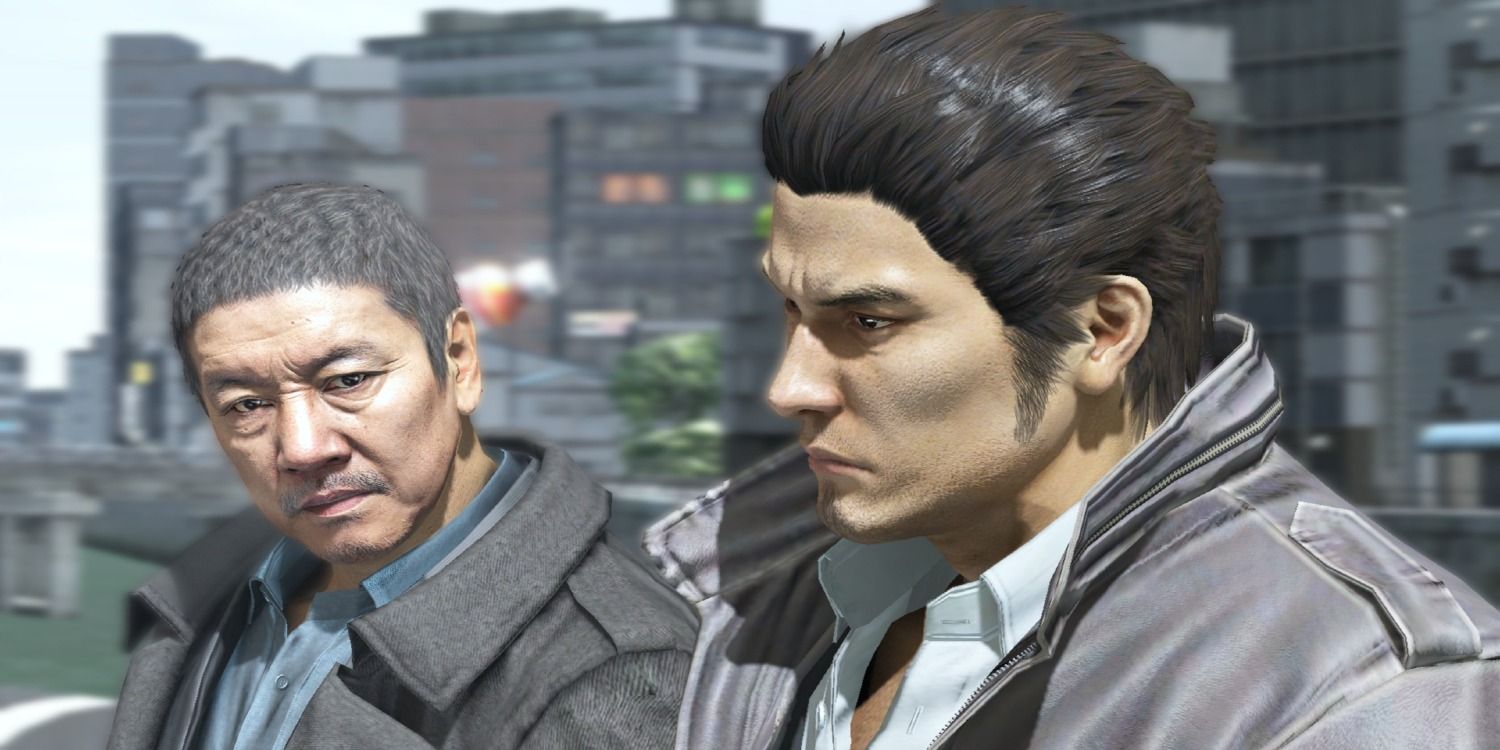
As the final main entry of the Yakuza series on the PS3, Yakuza 5 doesn't get enough credit for its combat. The game had a lot of combo routes, special moves, heat attacks, and environmental interactions that allowed players to express themselves fully through combat. A lot of similar games follow pretty cookie-cutter rules to structure their combat around, modeled after early Assassins' Creed games, but Yakuza takes a different route.
Players could customize their movesets and character stats depending on how they wanted to approach combat and it makes the game feel personal. The game was critically acclaimed, but fans seemed to feel it was overshadowed by its predecessors and future games in the series.
Nier
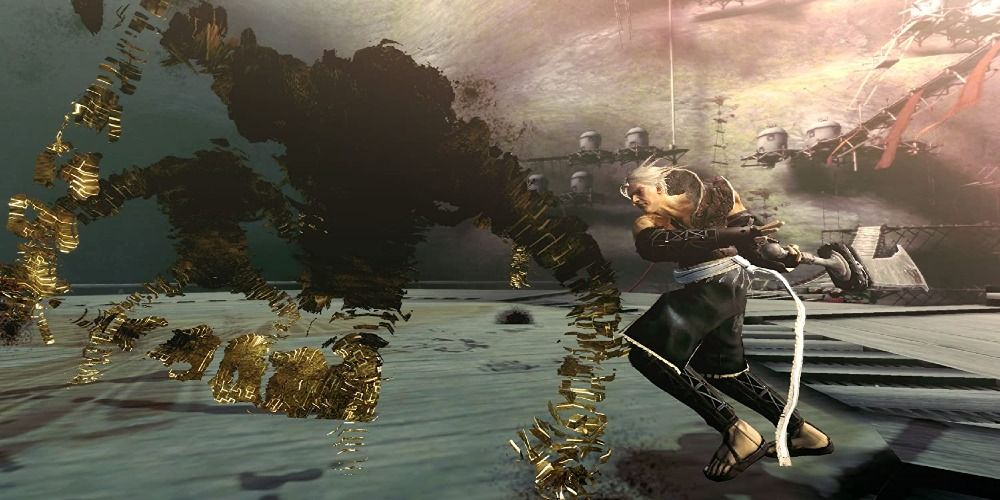
Nier flew under the radar of popular games when compared to its successor, Nier: Automata. Nier had a very dynamic approach to combat as it changes style over and over. In one situation, players could be fighting enemies in a standard 360-degree room with space to move the camera and move in 3 dimensions.
In other situations, the camera might become more static and give the illusion of a 2-dimensional space where it works like a classic platformer. It can even go so far as to turn into a top-down view, where players engage in shoot-em-up battles. All this said, it's refreshing to see a game try its hand at stitching together different combat styles seamlessly in an action game.
Heavenly Sword
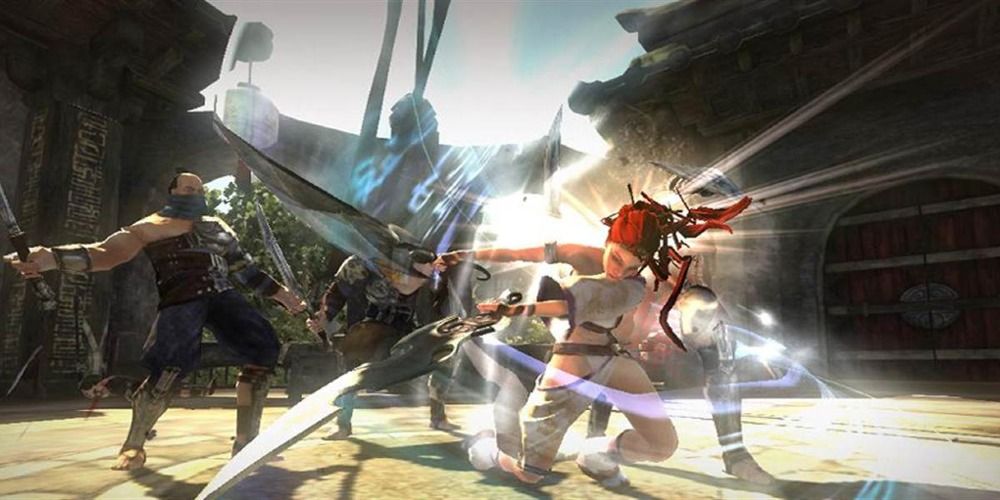
Heavenly Sword was developed by Ninja Theory, who worked on projects like DmC: Devil May Cry, so it was a hack and slash game with a lot to prove. Heavenly Sword featured multiple weapons, unique special skills, and stunning graphics for the time.
The combat wasn't anything unheard-of since games like God Of War, Bayonetta, and Devil May Cry all did similar things, but it was a change of pace for sure. The game was an underappreciated gem that received praise for its graphics and combat system so fans enjoyed it, even though it didn't sell too well.
Trails Of Cold Steel
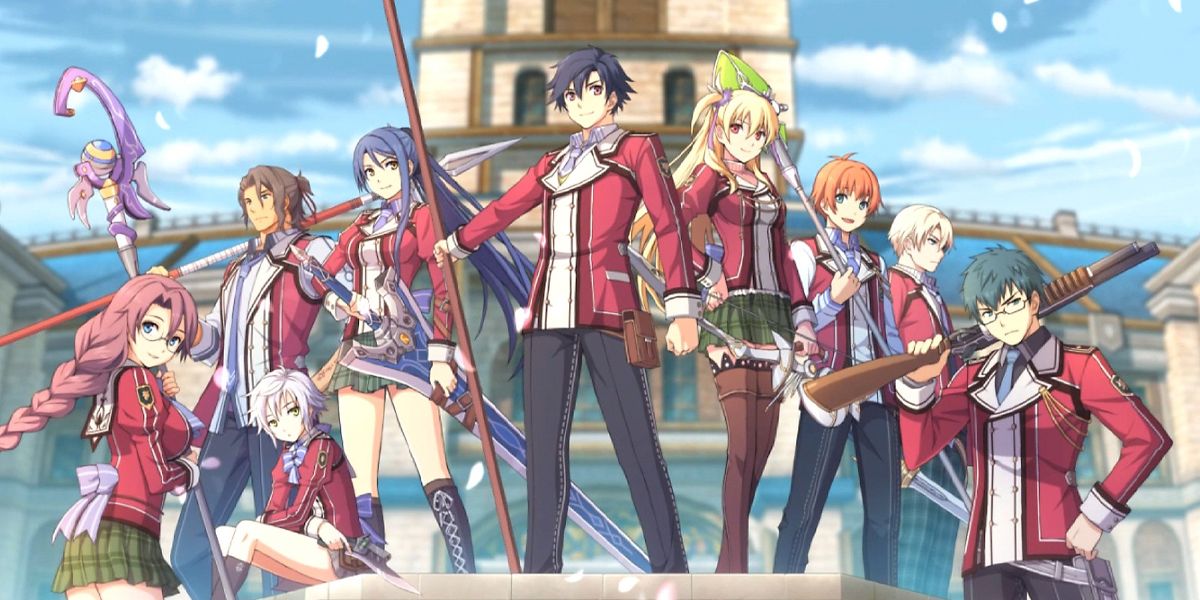
The Legend Of Heroes franchise's first Trails game debuted in the west in 2015, after it was well-received in Japan. It featured a whole new battle system when compared to the Trails In The Sky entries and overhauled other systems like menus and UI.
Something that a lot of JRPGs lacked was a feeling of movement and dynamic range of control in battles. Trails Of Cold Steel added a free moving camera and lots of different sceneries to complement its faster combat. Having all of these things can help turn-based and time-restricted combat feel more like a video game than chess, and it was greatly appreciated.
Vanquish
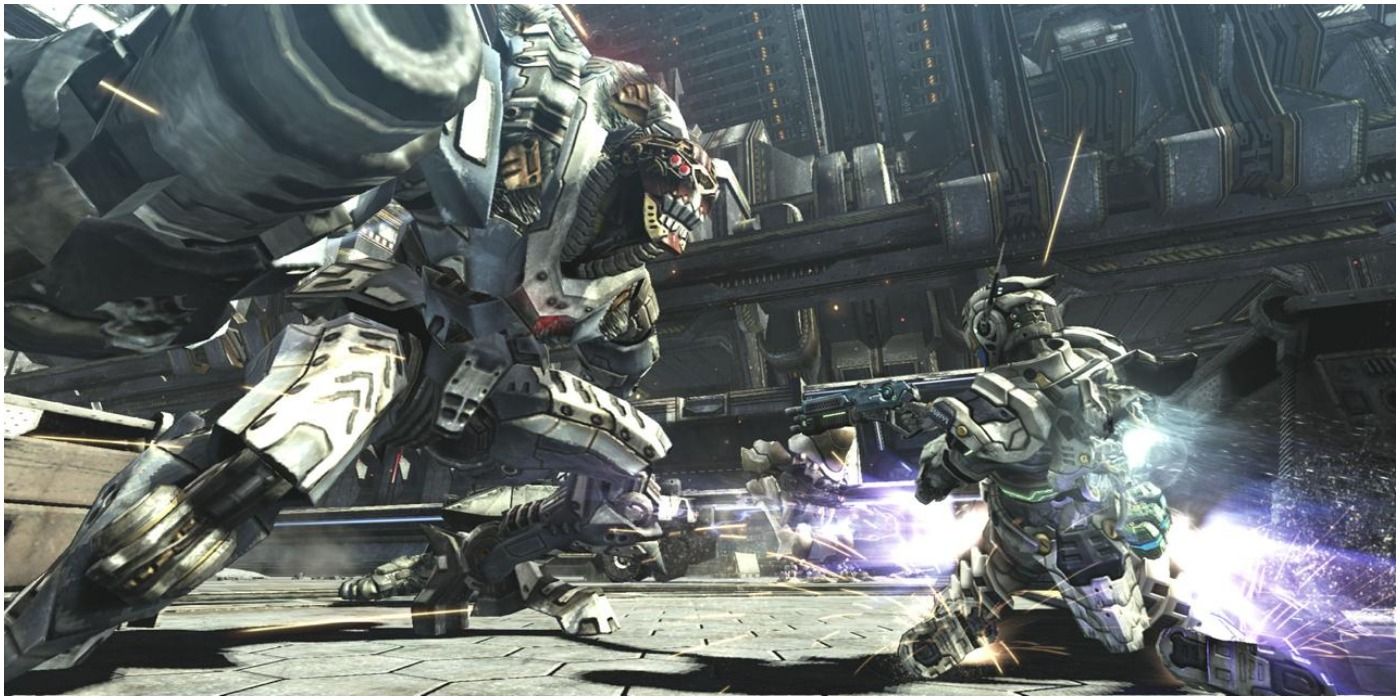
Vanquish was a creative take on classic third-person shooters that wasn't afraid to push the boundaries of the genre. The gameplay was a bit lacking in terms of depth, but what really stood out for the game was how over the top and flashy it was. Nothing gave the player an overwhelming sense of style like the finishing kills they could perform in Vanquish.
Boss battles, fast-paced action, and great movement were all positives that critics loved about the game. What held Vanquish back from massive success was its short campaign and sub-par story. Single-player content was fun to play, but all the moments in between the high-action parts were bogged down by poor writing.
WET
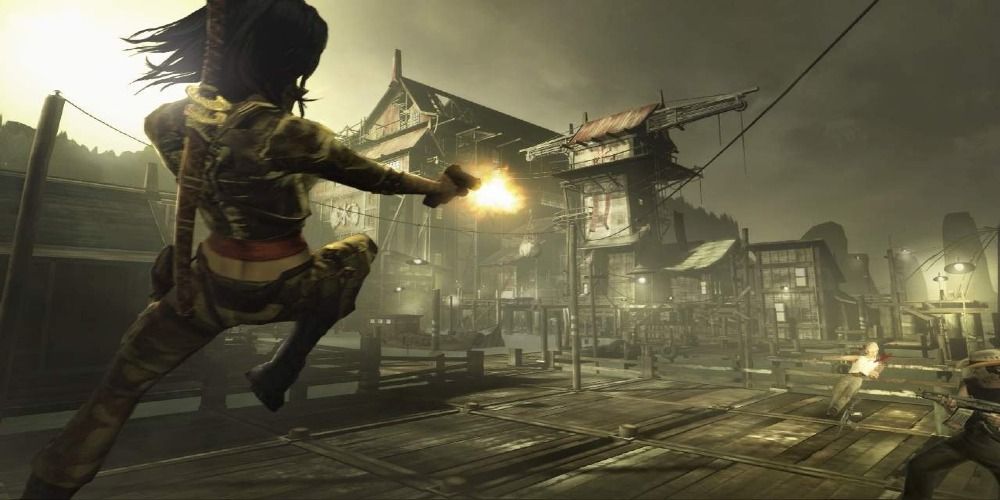
WET was a third-person shooter published by Bethesda in 2009 that took a lot of inspiration from other titles of its time. The gameplay was centered around combat with guns and swords, but it also focused on movement to keep things dynamic. Overall, the combat was fun and fast-paced, which is what fans wanted, but it just felt like there was something missing.
The game's experience as a whole is alright with a cliché main character, standard story, and passable graphics, but the gameplay is what really made WET shine. Players could go into a rage mode that made it easier to perform bigger combos and kill quicker, while also using movement to put the game into slow motion while performing acrobatics off walls and flips in the air. It was worth a try in the early days of the PS3, and it was a game that set a trend for others to come.
Bulletstorm
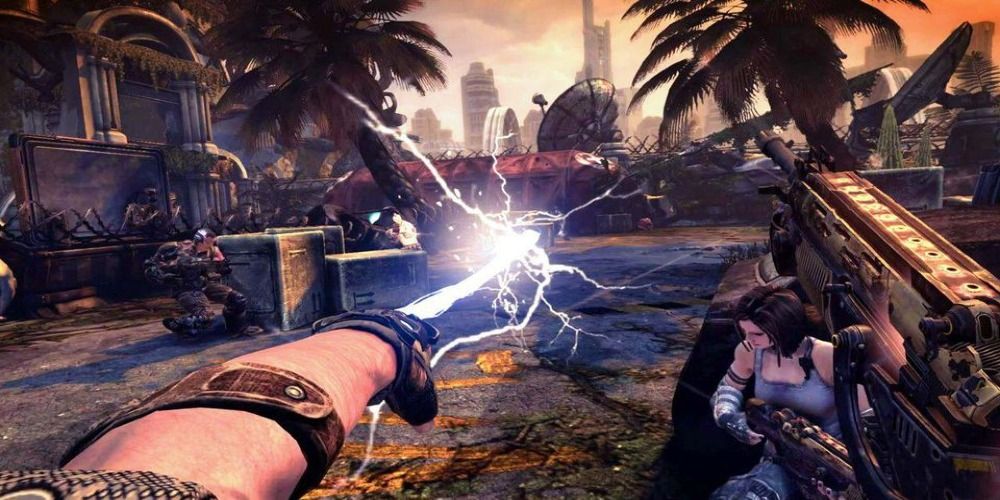
Bulletstorm was a first-person shooter that was focused almost totally on co-op content, versus CPU as opposed to other players. This paved a path for combat with more cinematic opportunities and flashy kills that would get punished in online versus play. Bulletstorm also featured other modes like score attack, which encouraged players to work together rather than against each other.
Having an approach like this allowed for a completely unique style of shooter that wasn't really popular at the time behind games like Call of Duty and Halo, which mainly focused on versus modes. The weapons of Bulletstorm reflect this unique focus because they allow players to use items that would never work against a human player, but allow for freedom of expression in a player vs. CPU game. Lastly, the energy leash was a mechanic that created whole new possibilities in mobility and combat.

